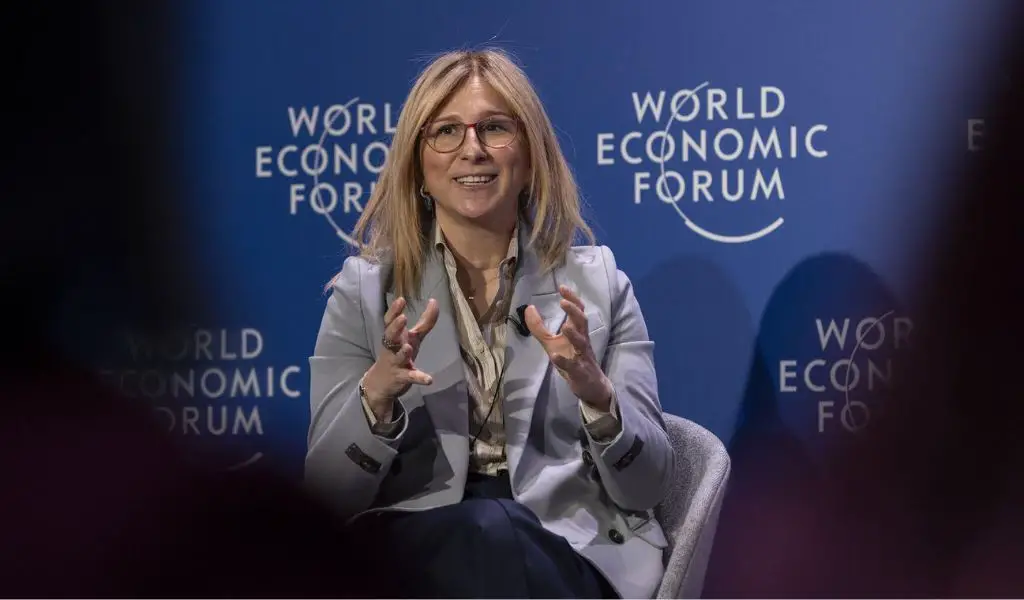It has never been more important to educate students in STEM (science, technology, engineering, and math) fields, as the need to rely on sustainable energy is now more important than ever.
By harnessing the power of STEM disciplines, it is possible to develop critical thinking process tools that can pave the way for a more sustainable future.
“Together, these disciplines play a critical role in driving innovation and finding solutions to the pressing environmental challenges we face around the world,” says Ebru Özdemir, president of Limak Holding, a Turkish conglomerate with interests spanning the construction, infrastructure, energy and tourism.
He added: “We expect to see increased investment in renewables and a focus on next-generation clean energy technologies with the phasing out of fossil fuels, which must be a priority. STEM learning will be an integral part of our collective advancement to ensure a sustainable future.”
In the last ten years, renewable energy sources have become more accessible, convenient, green, and affordable, allowing for an increased number of solar and wind farms and increased reliance on these valuable sources.
Özdemir, a champion of sustainability and advocate of studying STEM fields, leading a company with ambitious sustainability goals, spoke on the subject last year at the World Energy Council Meeting in Ankara, Turkey, and the World Economic Forum in Davos, Switzerland. in January.Photo credit: Pixabay
Özdemir actively promotes sustainability in all work practices at Limak. The group of companies has taken an international approach to sustainability by signing up to the United Nations Global Impact Initiative and adopting the United Nations Sustainable Development Goals as its roadmap to sustainability. Limak set its sustainability goals in 2020 and established 12 strategic objectives to be achieved by 2030. These objectives range from ensuring an average efficiency of 25% in energy and 28% in water by 2026, to increasing the use of renewable energy sources by less than 30% in total energy consumption by 2030 and increase the employment of women by 40% within the Group by 2026.
Özdemir said that there are already several ways in which the power of STEM is being integrated to make sustainability more viable: “We have seen significant progress through STEM in the renewable energy sector. He added: “It is boosting solar, wind, hydroelectric and geothermal technologies and enabling scientists and engineers to work together to improve efficiency, reduce costs and develop new energy storage solutions.”
The increased efficiency of solar cells is making solar power more accessible, and there has also been an advancement in wind turbine technology, leading to more efficient and reliable wind power generation.
Özdemir says that the energy crisis should be seen as a warning for countries to ensure the diversification and security of their energy supplies, with a push towards sustainability for the future. He also points out that collaboration plays a critical role in responding to current and future energy crises.
“Collaboration is vital to achieving climate goals. Nations must support each other to phase out heavily polluting coal-fired power plants and increase investment in renewable technologies. Wind and solar energy are perfect examples of using STEM to foster better and more sustainable approaches.”
Subscribe to our latest newsletter
To read our exclusive content, sign up now. $5/month, $50/year
Categories: Technology
Source: vtt.edu.vn

